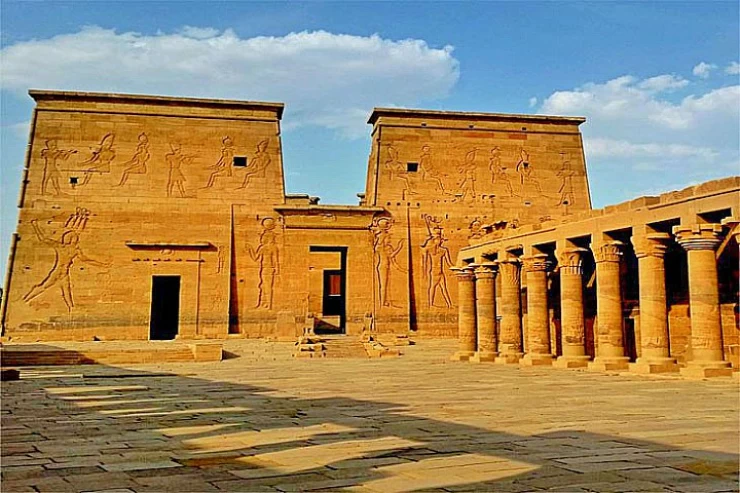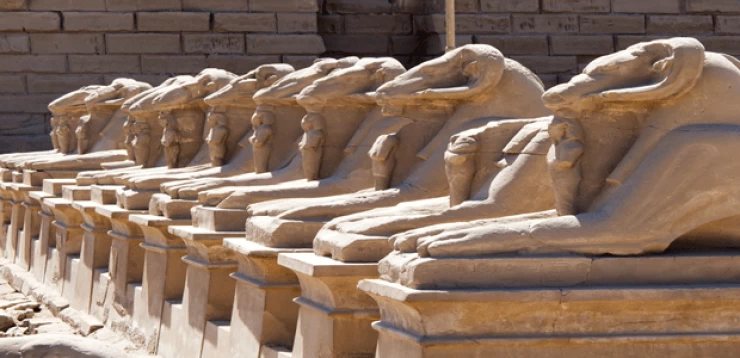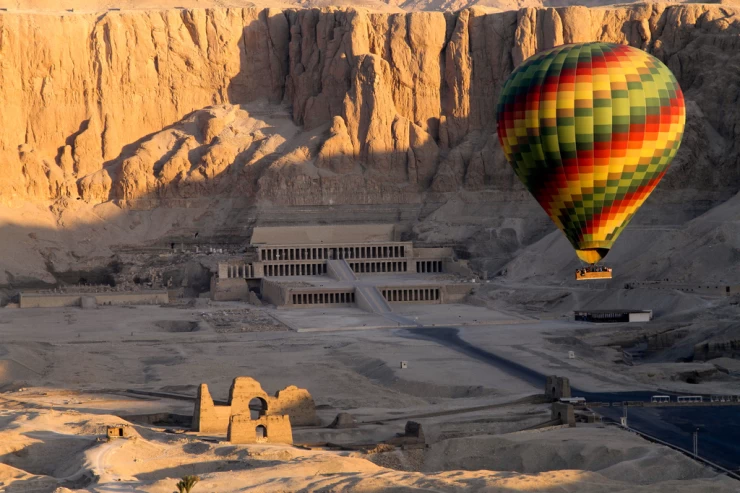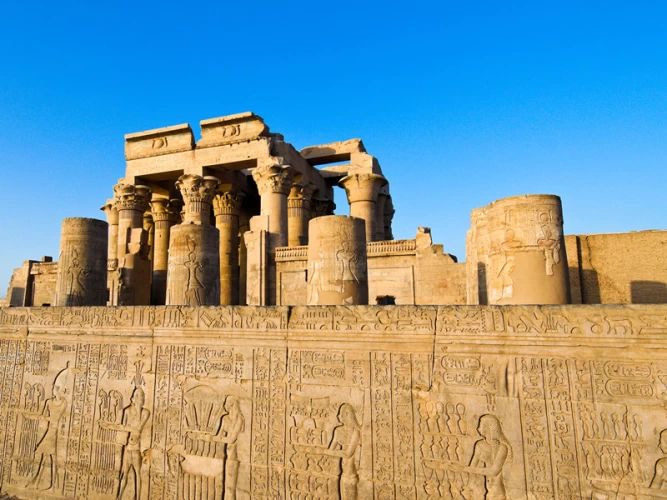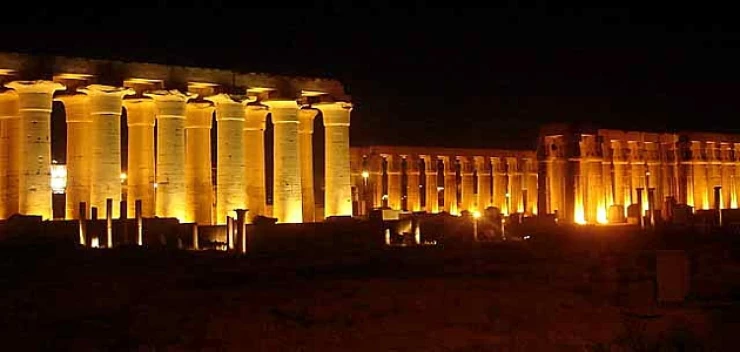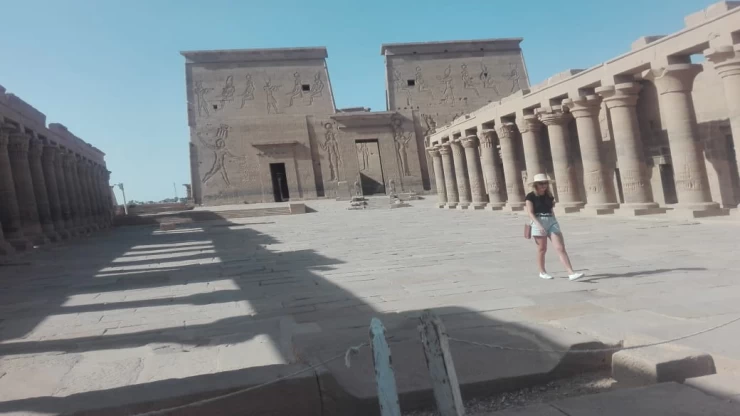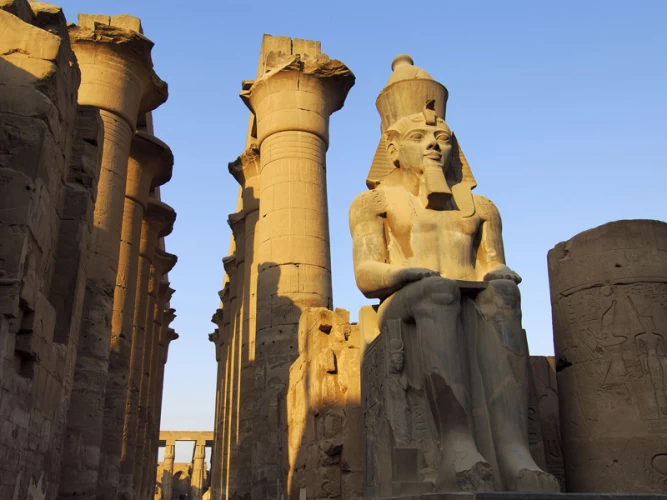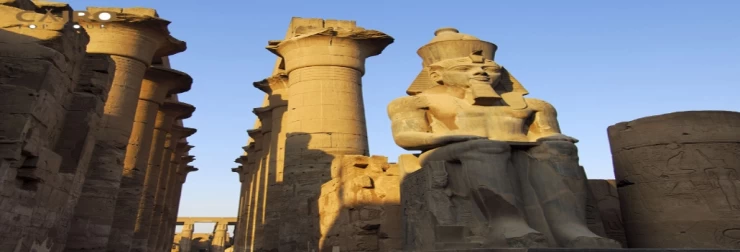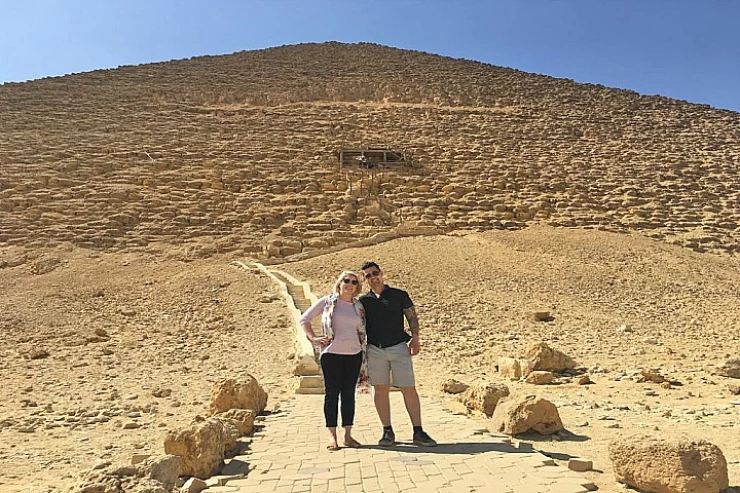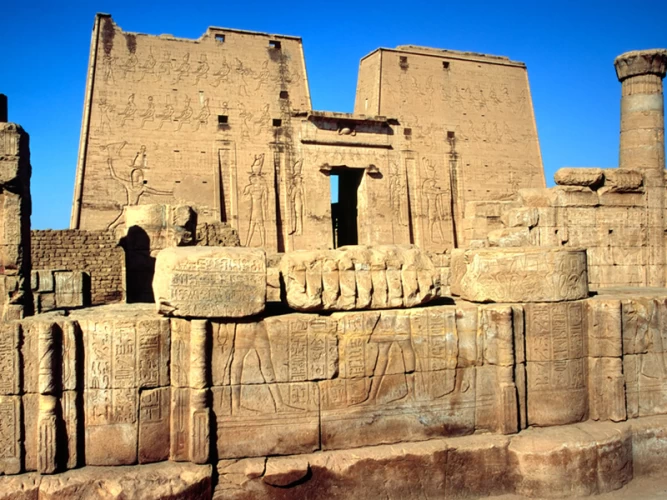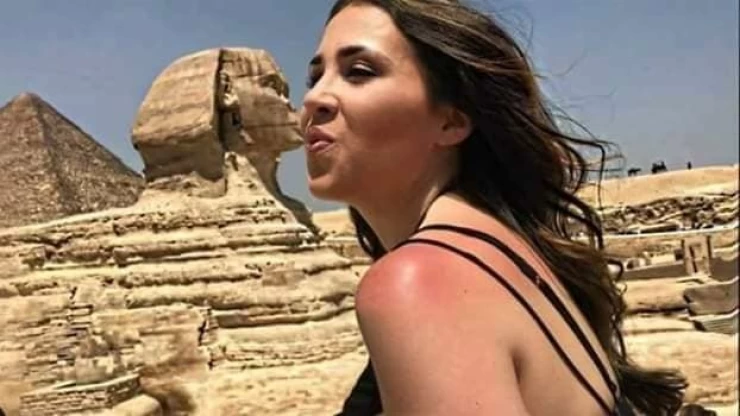
Luxor Governorate Egypt
Luxor Capital
The capital of the Arab Republic of Egypt is Luxor City, which was once known as "Thebes City" because it served as Egypt's capital during the Pharaonic era. It is situated in the South Upper Egypt region, approximately 670 kilometers from the capital Cairo from the south. It is bordered on the north by Qena Governorate, on the south by Aswan Governorate, on the east by Red Sea Governorate, and on the west by New Valley Governorate.
The total area of the governorate is 2959 square kilometres, and the populated area occupies about 714 square kilometres. Luxor Governorate is divided into Luxor City, Tod Centre, Arment Centre, Bayyadia Centre, Esna Centre, Qurna Centre, New Luxor City and New Taiba City.
One of the most famous Arab tribes that inhabited Luxor, especially in Karnak, Mansha and Awamiya, are the ‘Fahdia’ tribes, an Arab tribe whose origin goes back to Fahd bin Jabal al-Qurashi al-Hashimi, whose lineage extends to al-Abbas bin Abdul Muttalib, and many other tribes came to Luxor from Mecca, Yemen, Iraq, Turkey and Andalusia, in addition to the Copts who lived in it, and it should be noted that there are descendants and descendants in Luxor that trace their ancestry to the Pharaohs, Greeks and Romans.
- Luxor has been known by many names throughout the ages: The Romans called it ‘Thebes’.
- It was initially called ‘Wayst’, the same name of the fourth region of the Upper Egyptian region to which it belonged.
- It was also called ‘Neot’ meaning city, a name that is referred to in the Torah as ‘Nu-Amun’, which means the city of Amun.
- It was also called ‘Abt Duo’, symbolising the two parts of the city represented by the Karnak Temple and the Luxor Temple.
- The Greek poet Homer spoke of it in the Iliad as the City of a Hundred Gates, and this name may be due to the edifices of its temples or the doors of its fortified walls.
- Following the Islamic conquest of Egypt, the Arabs gave it the Arabic name Luxor, which is derived from the plural version of the word "palace," because the city was home to an enormous number of pharaohs' palaces.
- It was named ‘Berhator’, which means the house of Hathor and goes back to the ancient Egyptian gods.
- It was also known as the city of ‘The Sun’, ‘Light’ and ‘Scepter’.
Why is Luxor so famous?
The Luxor Antiquities Two-thirds of all monuments worldwide are found in the city of Luxor, with the following being the most significant: Temple of Luxor. Temples of Karnak. Lake Sacred. Monument temples and the graves of the kings and queens in the valley.
Latest Articles
Admin
Aswan Governerate in Egypt
One of Egypt's southern governorates is Aswan Governorate. The city of Aswan serves as its capital. At a latitude of 22 north of the equator (also known as the Tropic of Cancer), it is bounded to the north by the Qena Governorate, to the east by the Red Sea Governorate, to the west by the New Valley Governorate, and to the south by the Republic of Sudan.
Admin
History of kafr El Sheikh Governorate
Kafr El Sheikh Governorate is an Egyptian governorate, located in the northernmost part of Egypt in the Nile Delta, with Kafr El Sheikh as its capital. It had a population of 3,172,753 in 2015 and an area of 3,748 km². Its entire area is located north of the delta and overlooks the Mediterranean Sea. The main economic activity of the residents of the governorate is agriculture and fishing, especially the southern lands of the governorate and the lands overlooking the Nile River - Rosetta Branch.
Admin
Egypt's New Administrative Capital
The New Administrative Capital is located between the Cairo-Suez and Cairo-Ain Sokhna roads, 60 km from Cairo and the same distance from Ain Sokhna and Suez. The New Administrative Capital is located on the border of Badr City, in the area between the Cairo-Suez and Cairo-Ain Sokhna roads, just after New Cairo, Mostakbal City and Madinaty.
Admin
Al Gharbia Governorate
Gharbia Governorate is one of the governorates full of archaeological sites, whether they are places or facilities (mosques, churches), as the governorate is a destination for visitors to these places throughout the year, whether they are Egyptians from the different governorates.
Admin
Hamata Islands (Qulaan Archipelago) in Marsa Alam
The Hamata area, south of Marsa Alam in the Red Sea, is one of the most important parts of the Wadi El Gemal Reserve, whether in the desert or the sea. It was named after the sorrel plant, which was distorted to Hamata.
Admin
Best Things to Do in Nile River
Cairo, situated along the banks of the great Nile River, is one of the most captivating cities in the whole world with its rich history and culture. An antique town filled with the remains of old civilization and ancient history and the bustling box of a modern life, Cairo is even more than that.






